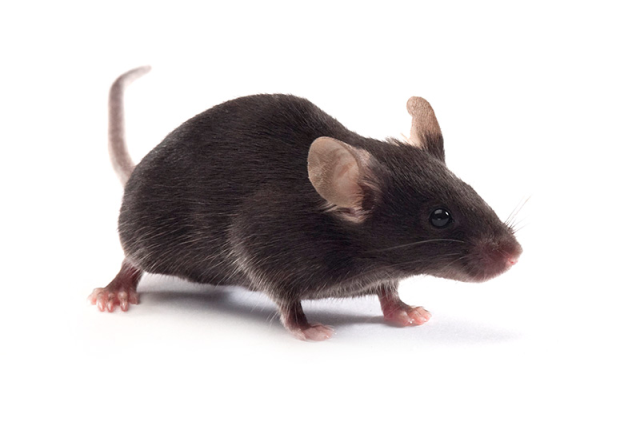
C57BL/6 mice, often referred to as C57BL/6J or B6 , are one of the most widely used inbred mouse strains in biomedical research. They are known for their genetic stability, adaptability, and well-characterized genome, making them a cornerstone in studies ranging from genetics to immunology and beyond. Below is a detailed explanation of how C57BL/6 mice are produced and their applications in bioresearch.
1. Production of C57BL/6 Mice
C57BL/6 mice were first developed in the early 20th century through selective inbreeding. Here’s how they are produced and maintained:
Genetic Basis: The C57BL/6 strain was created by Clarence Cook Little in 1921 by crossing female mice from the C57BL strain with male mice from the C57BR strain. The resulting offspring were inbred for over 150 generations to establish genetic homogeneity.
Substrains: The most commonly used substrains are C57BL/6J (from The Jackson Laboratory) and C57BL/6N (from the National Institutes of Health). These substrains have minor genetic differences, such as a mutation in the Nnt gene in C57BL/6J, which affects metabolic studies.
Breeding Strategy: C57BL/6 mice are maintained through strict inbreeding to preserve their genetic uniformity. They are typically bred in specific pathogen-free (SPF) environments to prevent infections and ensure research reproducibility.
2. Applications in Bioresearch
C57BL/6 mice are highly versatile and are used in a wide range of biomedical research areas. Below are their primary applications:
A. Genetics and Genomics
Model for Genetic Studies: C57BL/6 mice are often used as a background strain for generating genetically modified mice, such as knockout and transgenic mice, due to their well-characterized genome.
Genome-Wide Association Studies (GWAS): Their genetic stability makes them ideal for studying the effects of specific genes on phenotypes and diseases.
B. Immunology and Infectious Diseases
Immune System Research: C57BL/6 mice have a robust immune system, making them suitable for studying immune responses, autoimmune diseases, and vaccine development.
Infection Models: They are widely used to study bacterial, viral, and parasitic infections, including Mycobacterium tuberculosis, Influenza and Plasmodium (malaria).
C. Cancer Research
Spontaneous and Induced Tumors: C57BL/6 mice are used to study tumor biology, including the development, progression, and treatment of cancers such as melanoma and lymphoma.
Xenograft Models: They are often used as hosts for human tumor xenografts to evaluate anticancer therapies.
D. Metabolic and Cardiovascular Research
Obesity and Diabetes: C57BL/6 mice are prone to diet-induced obesity and insulin resistance when fed a high-fat diet, making them a model for studying metabolic syndrome and type 2 diabetes.
Atherosclerosis: They develop atherosclerotic plaques when fed a high-cholesterol diet, providing a model for studying cardiovascular diseases.
E. Neuroscience and Behavioral Studies
Neurodegenerative Diseases: C57BL/6 mice are used to model diseases such as Alzheimer’s, Parkinson’s, and Huntington’s disease.
Behavioral Research: They are used to study learning, memory, anxiety, and depression due to their well-documented behavioral phenotypes.
F. Aging and Longevity
Aging Studies: C57BL/6 mice are commonly used to study the biological processes of aging and age-related diseases due to their relatively long lifespan (up to 2.5–3 years).
G. Drug Development and Toxicology
Drug Testing: C57BL/6 mice are used to evaluate the safety and efficacy of new drugs, including pharmacokinetics and pharmacodynamics studies.
Toxicology Studies: They are used to assess the toxicity of chemicals, environmental pollutants, and therapeutic agents.
3. Unique Characteristics of C57BL/6 Mice
Black Coat Color: C57BL/6 mice have a uniform black coat due to the non-agouti (a/a) genotype.
High Activity Levels: They are known for their high levels of physical activity, making them suitable for exercise and metabolism studies.
Sensitivity to Diet: C57BL/6 mice are highly sensitive to dietary changes, which makes them ideal for nutrition and metabolic research.
4. Conclusion
C57BL/6 mice are one of the most versatile and widely used mouse strains in biomedical research. Their well-characterized genome, robust immune system, and adaptability to various experimental conditions make them invaluable for studying genetics, immunology, cancer, metabolism, neuroscience, and more. However, careful consideration of their unique characteristics and potential limitations is essential for designing reliable and reproducible experiments.